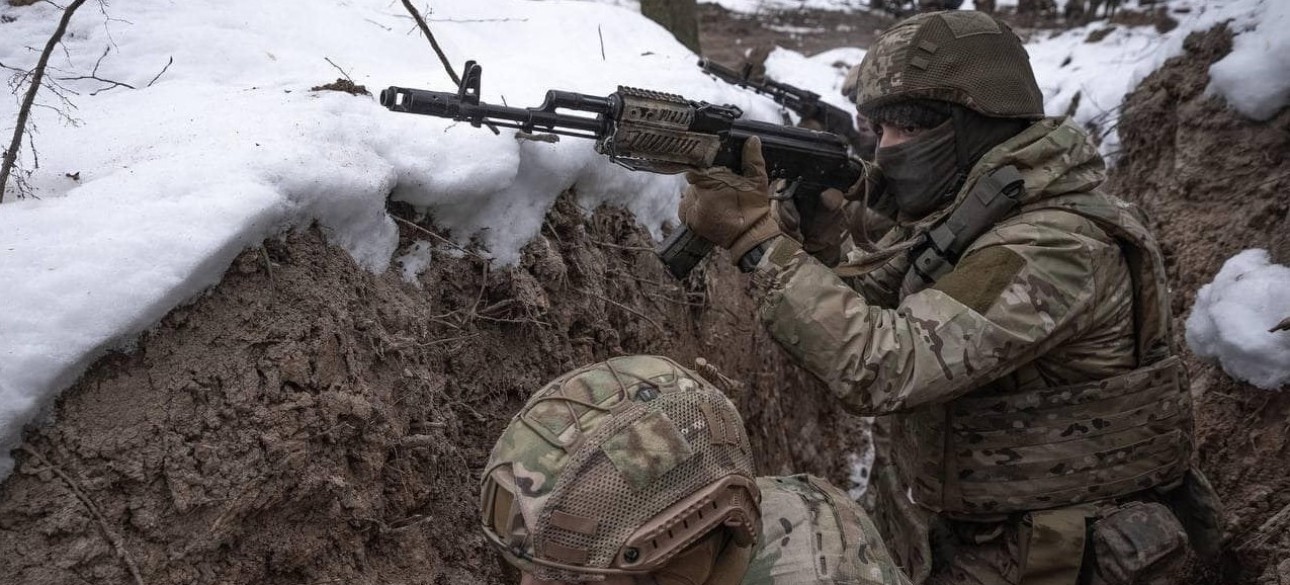
 By Eliza Popova
By Eliza Popova
He is well known to everyone, so in detail to delve on - where, as and who came, who and where he defended (counterattacked) at one time or another - I do not see. All these events have been repeatedly described not only by me but by other people. Therefore, I will go in the course of the formulation of my conclusions and assessments to the chronology of events only when they will need to be illustrated or argued.
As for me, in the context of a general assessment of events in the Donetsk direction, the most important and most appropriate should make answers to two key questions - why the enemy, after all, managed to achieve the goals set in this direction, although the price that does not even invest In the term "significant" (rather "" packed ") and how it can be prevented in the future.
Of course, because of quite understandable reasons, I cannot fully, as it should, to argue certain conclusions about these events with specific data (for example, in the sense of assessing the real ratio The decision of the Ukrainian command in certain situations, because the war continues and to give the enemy some information for evaluation is not worth it), but it is obvious that in two senses - the decision of the command of the enemy, as well as the assessment of individual factors that contributed to the actions forces) of the parties - quite possible.
And the second remark will affect the understanding of the scale of events that are evaluated. Not only will it be about the events that took place directly in the area of Avdiivka and around it, but on the adjacent LBZ. That is, all that happened in the Avdeevsky direction . . . So, why? At first glance, the reason is quite obvious and understood by the vast majority of people who follow the course of events in the war.
The enemy not only managed to concentrate in this direction, prevailing forces, but also managed to realize this advantage.
In particular, in several factors: in this direction there were replenished and completed basic forces at once 3 general military armies (ID) of the enemy-the 2nd, 8th (including almost the entire 1st Army Corps) and the 41st + The main forces of a separate tank division (90-A TD), not counting a whole scattering of downed forces and means, including from the category "territorial troops" or "mobilization reserve".
According to various estimates, the total number of enemy troops, which operated in this direction, was estimated from 60-65 thousand to 80-82 thousand in different time periods. Moreover, without taking into account the backup component, deployed in this direction, and which in itself was up to 10-12 thousand in \ SL (up to 3 motorized rifle regiments \ SME summary tactical detachments such as Bars). concentrated in its parts and connections that acted in this direction.
The enemy had here-up to 450-460 tanks, up to 1300-1350 BBM, up to 1200 units of AU, about 300 units of RSZV . . . To restore the loss the enemy managed to create a certain reserve of OVT in this direction-up to 100 units of tanks, up to 220-230 units BBM, up to 60 units of AU and 25-30 units of RSZV. The enemy's aviation group, concentrated on this operational-tactical direction, was up to 182 units of combat aircraft, up to 147 units of helicopters, of which shock (fire support) were 66 -70 units.
Also, the enemy managed to deploy in this direction the echelorated (in height and range) system of military air defense, which, in the sense of its quantities, almost duplicated really his needs . . . Obviously, in the issues of supplying troops of logistics, fuel, fuel, ammunition. spare parts, food, etc. The enemy had much more opportunities in quantitative dimension than the Ukrainian command.
At the time of the beginning of the Avdi's offensive operation, the enemy managed to increase the rate of accumulation of inventories of these items by 10-15%, and during its conduct provided an increase in their current prevail by individual types and types up to 20%. In addition, a number of factors played in favor of the enemy . . .
(an extensive communications system, including rockades and transport units, a large number of convenient places and facilities for the location of warehouses and storage facilities). That is, the enemy had the opportunity to minimize the so -called "shoulder" (both in the sense of time and distance) to supply their troops operating in this direction, all necessary for "life and battle".
In addition, his maneuver by the forces and means of the Front, as well as the movement of reinforcements and reserves was also little complicated or complicated… In the sense of tank-accessibility or the possibility of its rapid overcoming by troops, including on the technique, also did not be special Obstacles, with the exception of, apparently individual areas of the area with a destroyed city building, especially in the city of Avdiivka.
Also, there were no wide water obstacles, no areas of terrain with wide swamps or significant forests . . . Obviously, during the formulation of the design (plan) to conduct this operation, the enemy's command took into account, the fact that it has the opportunity to occupy a convenient convenient (covering) the starting provision on the Ukrainian troops, which defended themselves in the Avdeevsky district of defense.










All rights reserved IN-Ukraine.info - 2022